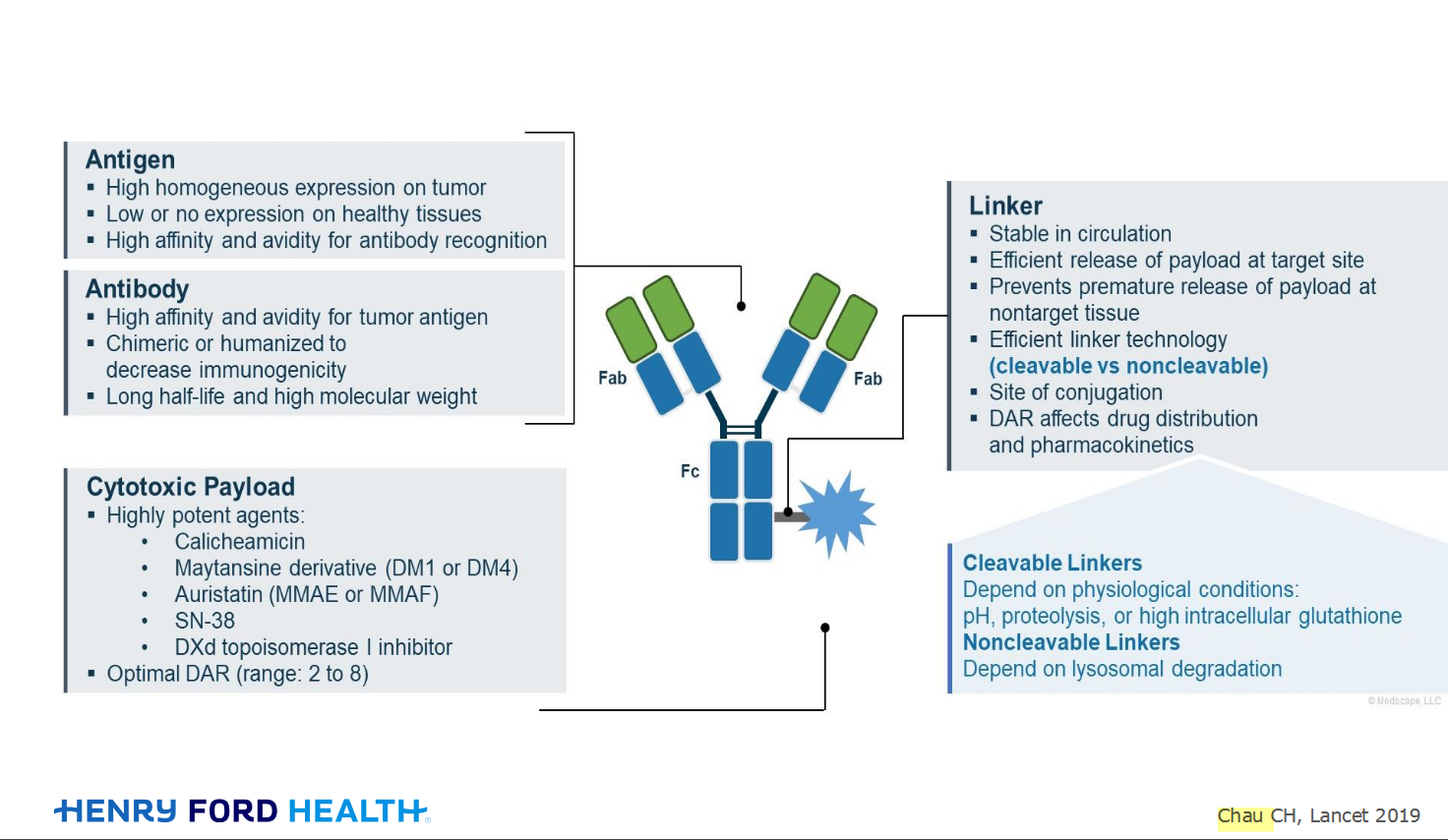Welcome!
Welcome to the new CancerGRACE.org! Explore our fresh look and improved features—take a quick tour to see what’s new.
The most expert lung cancer pathologists in the world are planning a revision of the classification of lung adenocarcinomas that is expected to be approved and implemented next year, and it's going to make some big changes. Specifically, it's planning to eliminate the diagnosis of bronchioloalveolar carcinoma (BAC), reflecting our evolving understanding of this disease.
BAC with lesions less than 2 cm is now being designated as a pre-cancerous adenocarcinoma in situ (AIS), which essentially means it's a pre-invasive condition with a favorable prognosis. In fact, the available literature, largely from Japan but also including evidence from other parts of the world, shows a 100% 5-year survival for a <2 cm AIS, which is far more commonly the non-mucinous BAC sybtype. The size limit is significant, however, because larger lesions are felt far more likely to have at least some area of invasive disease.
The invasive portion of what is now in the spectrum of BAC with focal invasion to adenocarcinoma with BAC features has a major impact on prognosis. In fact, the size of that invasive component is what drives prognosis, not the invasive part:
So a largely pre-invasive (adenocarcinoma in situ) lesion with a small area of invasiveness will now be designated as minimally invasive adenocarcinoma, and it also has a 100% cancer-specific survival at 5 years.
A lung adenocarcinoma can still be primarily that would now be considered a BAC lesion but with an area of invasion larger than 5 mm is now to be called an invasive adenocarcinoma, lepidic (which means scale-like) pattern predominant. There is also a separate diagnosis of mucinous adenocarcinoma with a lepidic pattern, reflective of the observation that non-mucinous and mucinous BAC are really distinct diseases. Now, however, when calculating the size of a cancer, the part that will be measured is only the invasive portion: in other words, if you have a total lesion that is 3.2 cm but with only 8 mm of invasive cancer and the rest non-invasive, it's going to be considered an 8 mm cancer, because that correlates with its prognosis.
This new system hasn't been formally adopted, but it's the consensus product of the leading experts in the field, so it's likely that we're going to see the term BAC phased out over the next few years. But the new classification should provide a better reflection of the more favorable prognosis of non-invasive disease, as suggested by its being considered pre-cancerous, and by considering only the invasive portion as having an impact on survival.
Please feel free to offer comments and raise questions in our
discussion forums.
Hi app.92, Welcome to Grace. I'm sorry this is late getting to you. And more sorry your mum is going through this. It's possible this isn't a pancoast tumor even though...
A Brief Tornado. I love the analogy Dr. Antonoff gave us to describe her presentation. I felt it earlier too and am looking forward to going back for deeper dive.
Dr. Singhi's reprise on appropriate treatment, "Right patient, right time, right team".
While Dr. Ryckman described radiation oncology as "the perfect blend of nerd skills and empathy".
I hope any...
My understanding of ADCs is very basic. I plan to study Dr. Rous’ discussion to broaden that understanding.

Here's the webinar on YouTube. It begins with the agenda. Note the link is a playlist, which will be populated with shorts from the webinar on specific topics
An antibody–drug conjugate (ADC) works a bit like a Trojan horse. It has three main components:

Welcome to the new CancerGRACE.org! Explore our fresh look and improved features—take a quick tour to see what’s new.